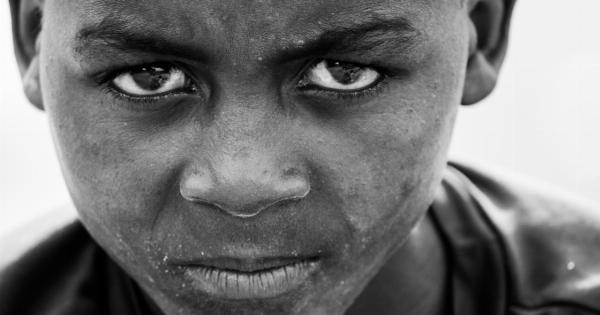Swimming is a great way for children to stay active, have fun and develop vital swimming skills. However, swimming can also pose certain risks, such as drowning or the lesser-known phenomenon of dry drowning.
Dry drowning can be just as dangerous as regular drowning, but it can be more difficult to recognize and therefore prevent or treat.
What is Dry Drowning?
Dry drowning, also known as secondary drowning or near-drowning, occurs when a child inhales water through their nose or mouth, causing their vocal cords to spasm and close up.
This reaction makes it difficult or impossible for the child to breathe, even when they are out of the water.
Unlike traditional drowning, where water fills the lungs, dry drowning occurs outside the lungs, but the effects on the body are similar. Lack of oxygen can cause brain damage, and in severe cases, it can even lead to death if left untreated.
Symptoms of Dry Drowning
Symptoms of dry drowning can occur immediately after a swimming or water play activity, or they may take several hours to develop. Some common symptoms of dry drowning include:.
- Coughing, which may be persistent or severe
- Shortness of breath or difficulty breathing
- Chest pain
- Lethargy or fatigue
- Changes in behavior or mood
- Slurred speech or confusion
- Vomiting or diarrhea
- Blue lips or skin (due to lack of oxygen)
If your child experiences any of these symptoms after swimming or water play, seek medical attention immediately.
Causes of Dry Drowning
Dry drowning can occur in any body of water, including swimming pools, lakes, and oceans. It can happen to children of any age, but it is more common in younger children, especially those under the age of five.
Aside from inhaling water through the mouth or nose, other causes of dry drowning can include:.
- Swimming or diving accidents
- Underlying medical conditions, such as asthma or heart conditions
- Injury to the head or neck
- Alcohol or drug use
Preventing dry drowning in children involves taking certain safety precautions, such as properly supervising children around water, teaching them to swim at an early age, and maintaining a safe environment when swimming or playing in the water.
Treatment of Dry Drowning
If you suspect your child has suffered from dry drowning, seek medical attention right away. Depending on the severity of the symptoms, treatment may involve oxygen therapy, medications to reduce swelling or inflammation, or other supportive care.
It is essential to remember that dry drowning is a serious medical emergency that requires prompt and appropriate treatment to prevent further complications or injuries. Quick action can save a child’s life.
Conclusion
Dry drowning is a serious and life-threatening condition that can occur in children after swimming or water play.
It is crucial for parents and caregivers to be aware of the symptoms of dry drowning and take the necessary steps to prevent it from happening.
By maintaining a safe swimming environment, teaching children to swim at an early age, and recognizing the signs of dry drowning, parents can help ensure that their children have a fun and safe experience in and around the water.




























